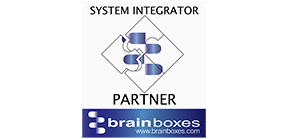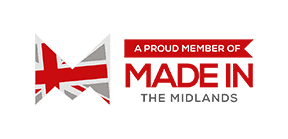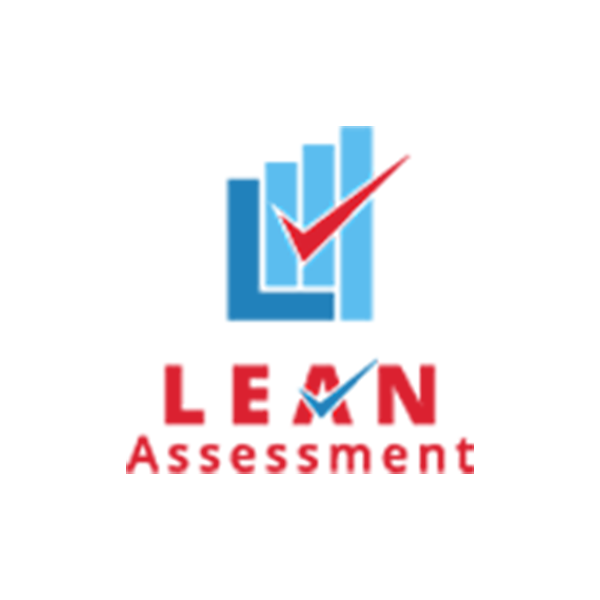Ata Rabah: Lean Implementation Project Report
- By Brett Griffiths
- Lean Training
- January 22 , 2018
- Share

Lean Transition Solutions (UK) and our partners Agile Consulting (Jordan) have been working with Ata Rabah, one of the largest manufactures of Aluminium in Amman. We have been working on a lean transformation project for 10 an intensive weeks. The team have completed the project as defined in the scope and we have achieved the required deliverables. The project went through the initiation phase where the team collected process data then went through analysing the data to come up with the “Current State” state. Then we identified the “WDGLL" (What Does Good look Like) state, further on the team started implementing lean within the facility and then transitioned to the next area in the factory.
This lean project had established the base for continuous improvements, Lean is not a single activity, it is a journey which has just started for Ata Rabah.
Our lean implementation together with the Ata Rabah internal operations team achieved tangible improvements in productivity.
1) The Lead Time to Work Time (LTWT) ratio, it has been improved from 5 times to 34 times
2) Productivity has improved by 40% compared to the same period from the previous year.
3) Tracking actual production output is now available.
4) A Skill Matrix has been changed to reflect the real experience of the people, in addition to creating a transparent career path.
5) We reduced the changeover times from 6 min to 40 seconds for corner fixing machines.
6) Motion waste has been reduced from 385m to 36m.
7) Implemented Visual Control and transparent communication plans.
8) The production line is now flexible and respondents to short notice changes.
9) 5S has been implemented with clear sustainability in place
10) Reduced inventory levels
11) Implemented quality within the process and built a culture of “Stop to fix problems”
12) Started the implementation of TPM
13) Reduced the probability of running out of material by establishing the 2-bin system
14) Established a base for overtime control and benefits analysis
15) A reduction of 20% in people required for production.
LEAN TRANSITION SOLUTIONS
The Old Vicarage, Pershore Road, Upton Snodsbury, Worcester, Worcestershire, WR7 4NR, United Kingdom.











